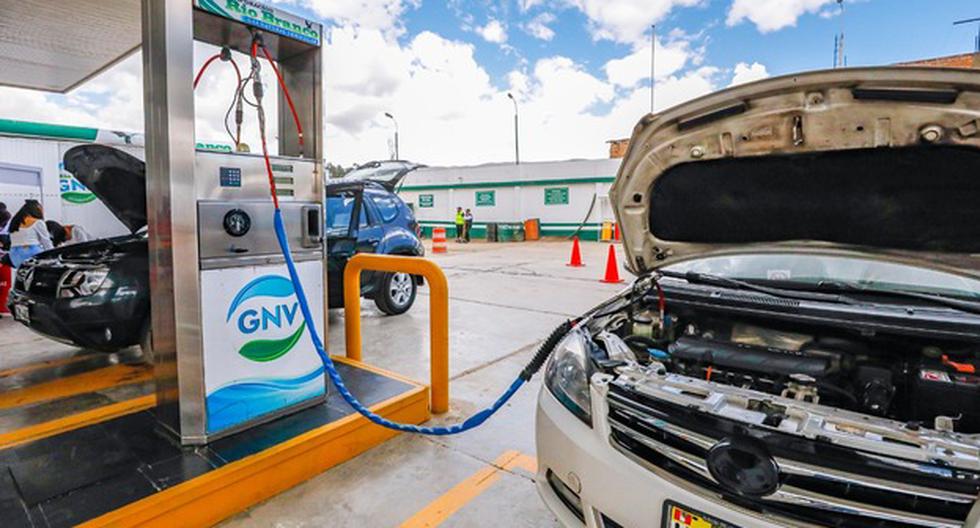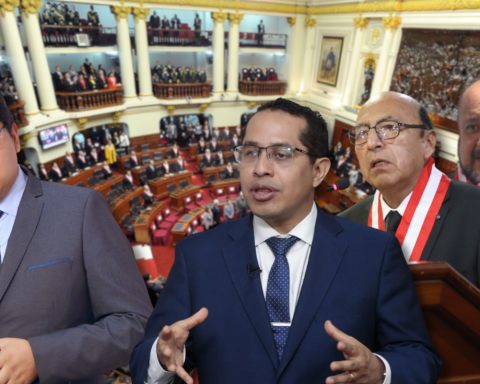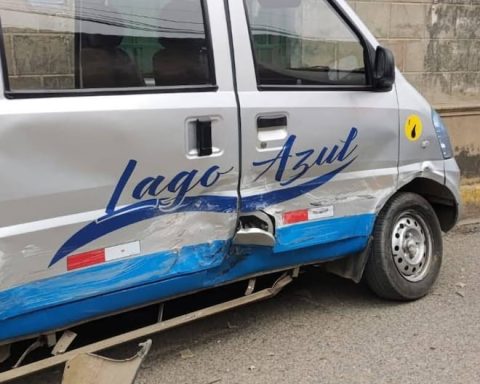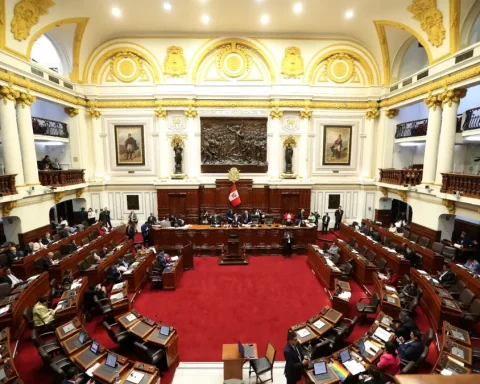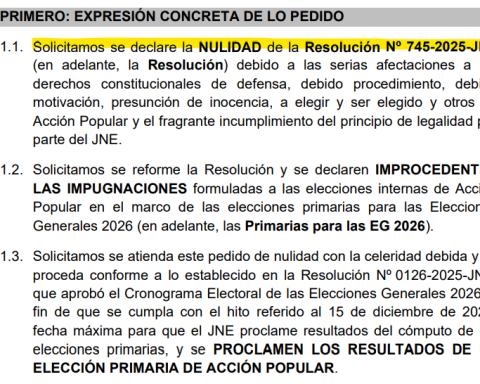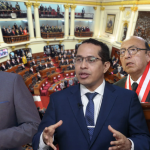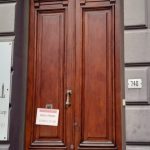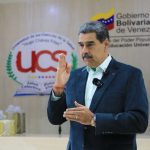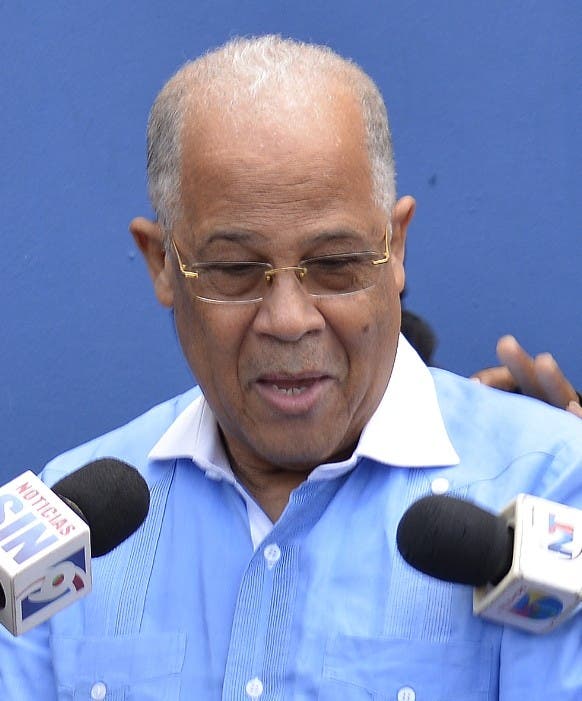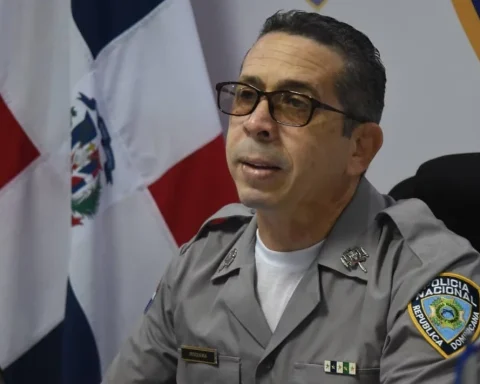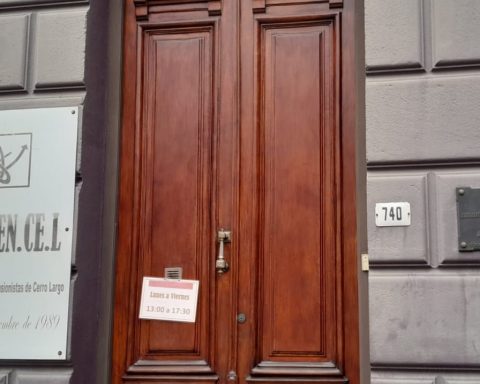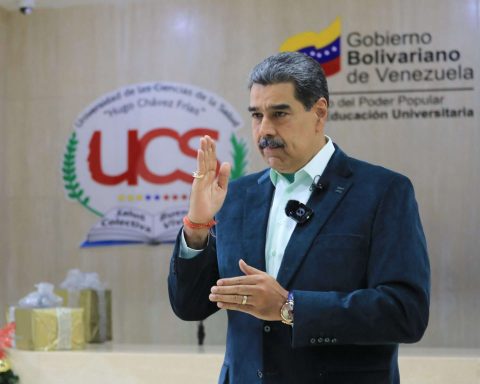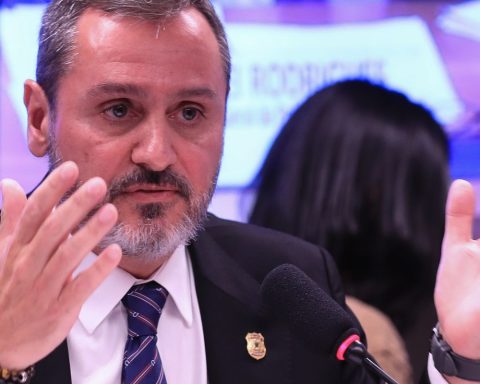Although in recent days there has been a reduction in the gasoline pricethe value is still high, to the point that a gallon of gasohol 95 plus can cost more than S/25 in some markets, when in June of last year it had an average value of S/12.57.
There is a fuel that, for the last five years, has remained stable and that is Vehicle Natural Gas (NGV), which, according to Macroconsult, has an average price of S/1.60 per cubic meter (m3).
The consulting firm’s managing partner, Gonzalo Tamayo, stated that this lower cost is due to the fact that Peru is a producer of NG and the price is regulated.
In this regard, the analyst Aurelio Ochoa recalled that the gas from Lot 88 is intended for the domestic market and considered that this should be used.
“Instead of spending what is disbursed for the Price Stabilization Fund, it could be used to convert vehicles to CNG,” he assured.
He indicated that only between 15% and 20% of cars use this fuel, while in other countries in the region it can exceed 70%.
“Ideally, the cars come from the factory already on CNG, but, if this is not the case, make the conversion because it generates long-term savings,” he specified.
Recently warm reported that conversions went from 900 units a month last year to 7,000 this year.
For his part, the former Vice Minister of Energy, Pedro Gamio, explained that there are 24 years left for the price of gas from Lot 88 to be regulated, as long as the current rate of growth in consumption is maintained.
“These prices are maintained while demand advances; if not, it will be used for electricity and this means that the 24 years are reduced to 15 years since electricity consumes a lot of gas”, he indicated.
Look: MEF announces plan with subsidies to spend S / 3,000 million
However, a problem that arises, according to Gamio, is that the State “is failing to pay the conversion workshops from the promotion system.”
“The State finances part of the conversion, but if it does not disburse the money, it will delay the conversion,” he commented.
In the same way, he specified that the promotion of changes in interprovincial buses and trucks so that they use the fuel is lacking.
“There is also a need to promote more stations on the Panamericana and in the interior of the country. That a bus or a truck uses natural gas means that there will be no increase in costs”, he assured.
On the other hand, he indicated that the country should begin to pave the way for “electromobility” so that there is diversification in the market.
IN ELECTRICITY
For his part, the president of the Economic Operation Committee of the National Interconnected System (COES), César Butrón, stressed that the use of NG from Camisea has helped keep the price of electricity from increasing.
“45% of electrical energy in Peru is produced with natural gas. If we didn’t have the protection of Camisea gas, prices would have skyrocketed,” he added.
